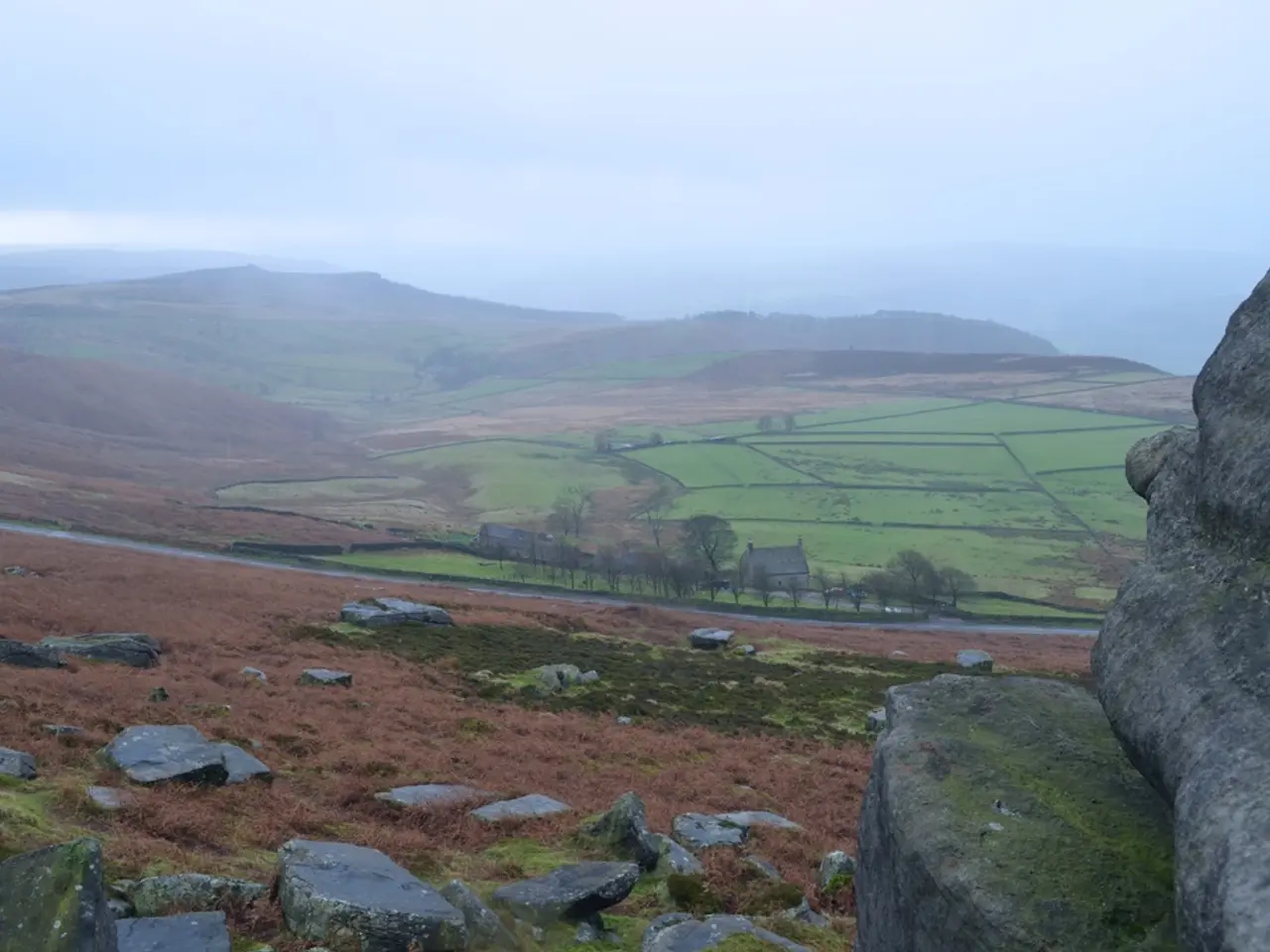Natural Gifts Bestowed upon Vietnam and Laos
Phong Nha-Ke Bang and Hin Nam No National Parks Recognized as Transboundary World Heritage Sites
In a significant move for tourism, conservation, and bilateral cooperation, UNESCO has recognized Phong Nha-Ke Bang National Park in Vietnam and Hin Nam No National Park in Laos as a transboundary World Heritage site. This designation formally links these two parks, creating the world's largest contiguous limestone karst landscape.
The recognition highlights a shared natural and cultural heritage between Vietnam and Laos, emphasizing the region as an ecological hotspot with rare species and unique geological formations that extend across their border. This designation is a boost for both parks' international profiles, attracting visitors to explore their dramatic limestone karsts, extensive cave networks, and rich biodiversity, which supports sustainable tourism development in both countries.
From a conservation perspective, the transboundary status fosters joint management efforts to protect the interconnected habitats and endangered species native to the Annamite mountain range, such as the critically endangered large-antlered muntjac and other globally threatened mammals. The UNESCO recognition is a critical step toward curbing threats such as illegal logging and poaching by encouraging coordinated conservation strategies.
The first transboundary natural World Heritage Site shared between Laos and Vietnam, this designation symbolizes a milestone in regional partnership. It strengthens collaborative governance, environmental protection, and cultural exchange, enhancing diplomatic and scientific ties. Both countries have expressed national pride and optimism that this recognition will promote further efforts in preserving natural and cultural heritage and inspire increased global awareness of their shared landscape.
One of Phong Nha-Ke Bang's most notable attractions is Paradise Cave, more than 31km long and 60-100m high, making it one of the longest dry caves in Asia. The cave is naturally adorned with a vast array of exquisite stalactites and stalagmites, which have been formed over thousands of years. The lighting system guiding visitors through Paradise Cave is all white light, showing the original colour of the stalactites inside.
Hin Nam No National Park, located next to Phong Nha-Ke Bang, is also an attractive tourist destination. Known for its unique cave system and natural forest, the park is home to more than 1,500 plant and 536 vertebrate species, including many rare and endemic species.
The UNESCO recognition not only holds significant meaning in conservation but also opens up numerous prospects for sustainable tourism development, thereby improving the livelihoods of local communities in the border areas. The IUCN, as the statutory advisor to UNESCO on natural World Heritage sites globally, has strongly supported the nomination of Hin Nam No National Park.
Phong Nha-Ke Bang National Park is striving to achieve Green List certification, a global initiative by the IUCN that identifies and promotes protected and conserved areas effectively and equitably. Tourism to Phong Nha-Ke Bang prioritizes low volume/high value to minimize environmental impact, in line with World Heritage Site guidelines, and generates substantial local employment.
In July 2023, the World Heritage Committee of UNESCO recognized Phong Nha-Ke Bang, accompanied by Hin Nam No Natural Park of Laos, as the first transboundary World Heritage site for the two countries. The Ca Roong border crossing could be opened to tourists from Vietnam and Laos, and eventually all international tourists, to facilitate access to Hin Nam No National Park.
Visitors can unwind under a skylight in Paradise Cave that allows sun rays to filter through, creating a fascinating interplay of light and shadow. Phong Nha-Ke Bang National Park is a top tourist attraction in the central province of Quang Tri, Vietnam, and Hin Nam No National Park in Khammouane Province, Laos, is also an attractive tourist destination.
This recognition is a testament to the long-term cooperation between Vietnam and Laos, starting in 2018. The IUCN advises UNESCO on natural World Heritage Sites, and as HNN has become a transnational extension, special attention will be paid on how the Phong Nha-Ke Bang and Hin Nam No parks will work together to ensure effective management across the 220,000-hectare landscape.
- This designation strengthens collaborative governance, particularly in the areas of environmental protection and cultural exchange, between Vietnam and Laos.
- The transboundary status encourages joint management efforts to preserve the interconnected habitats and endangered species native to the Annamite mountain range.
- The UNESCO recognition is a critical step toward curbing threats such as illegal logging and poaching by encouraging coordinated conservation strategies.
- The first transboundary natural World Heritage Site, the recognition symbolizes a milestone in regional partnership and enhances diplomatic and scientific ties between the two countries.
- The designation not only holds significance in conservation but also opens up prospects for sustainable tourism development, improving livelihoods of local communities.
- The IUCN supports the nomination of Hin Nam No National Park and advises UNESCO on natural World Heritage sites globally.
- Phong Nha-Ke Bang is working towards Green List certification, a global initiative to identify and promote protected areas effectively.
- Tourism in both parks prioritizes low volume/high value to minimize environmental impact and generates substantial local employment.





